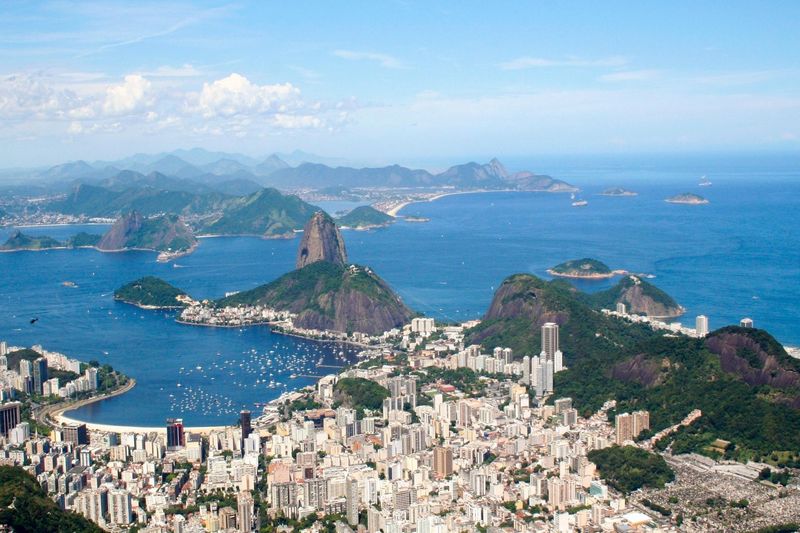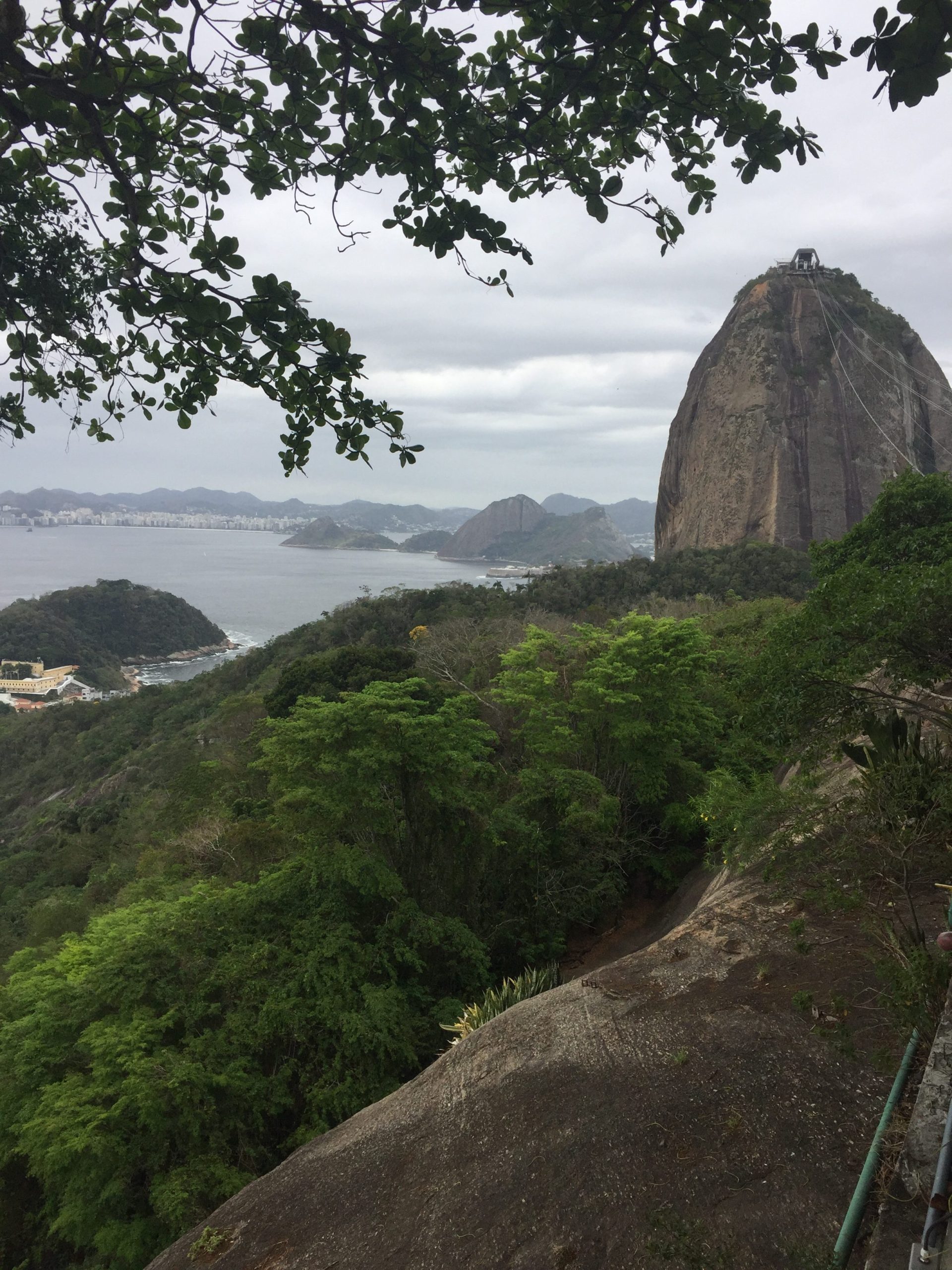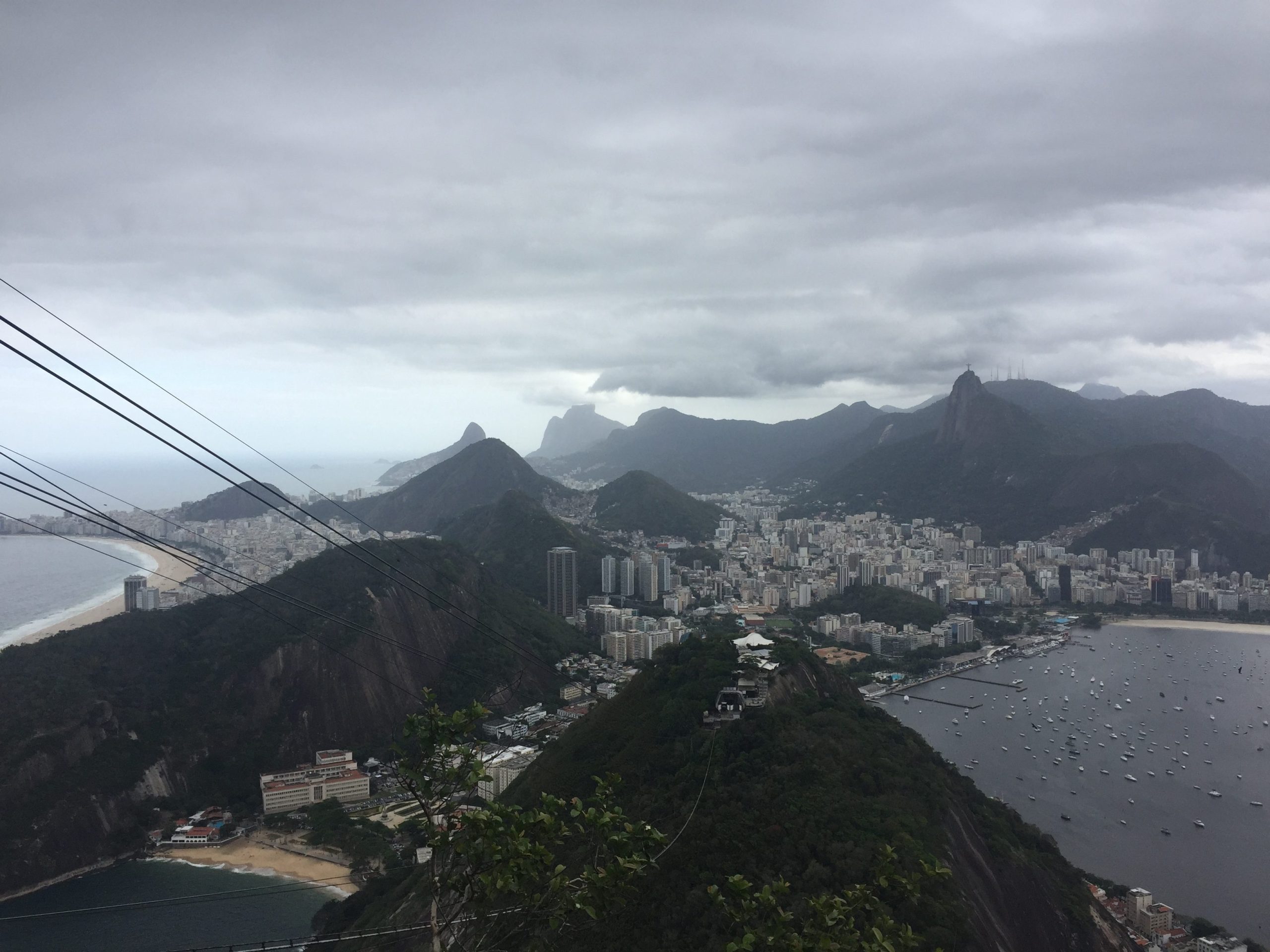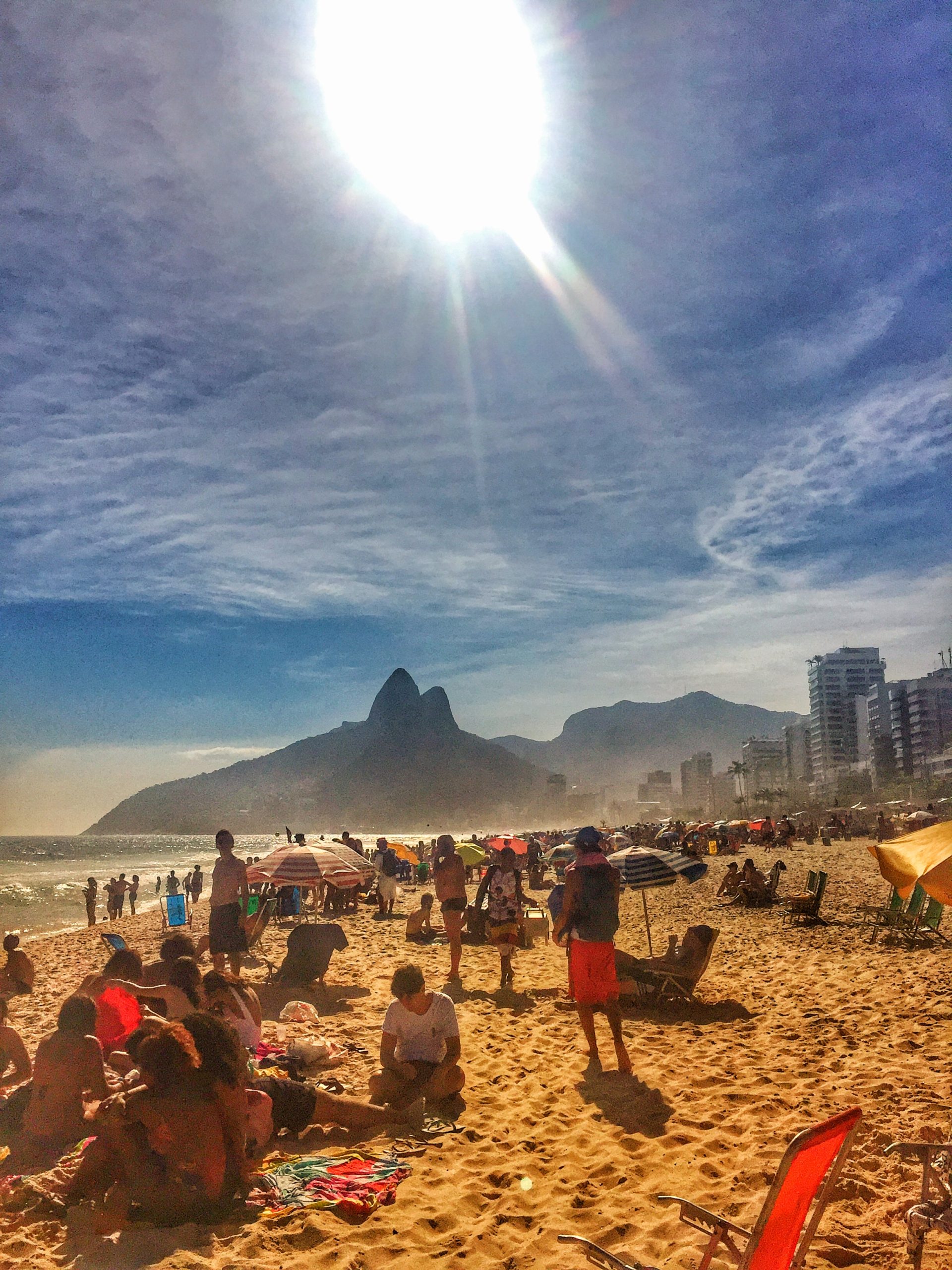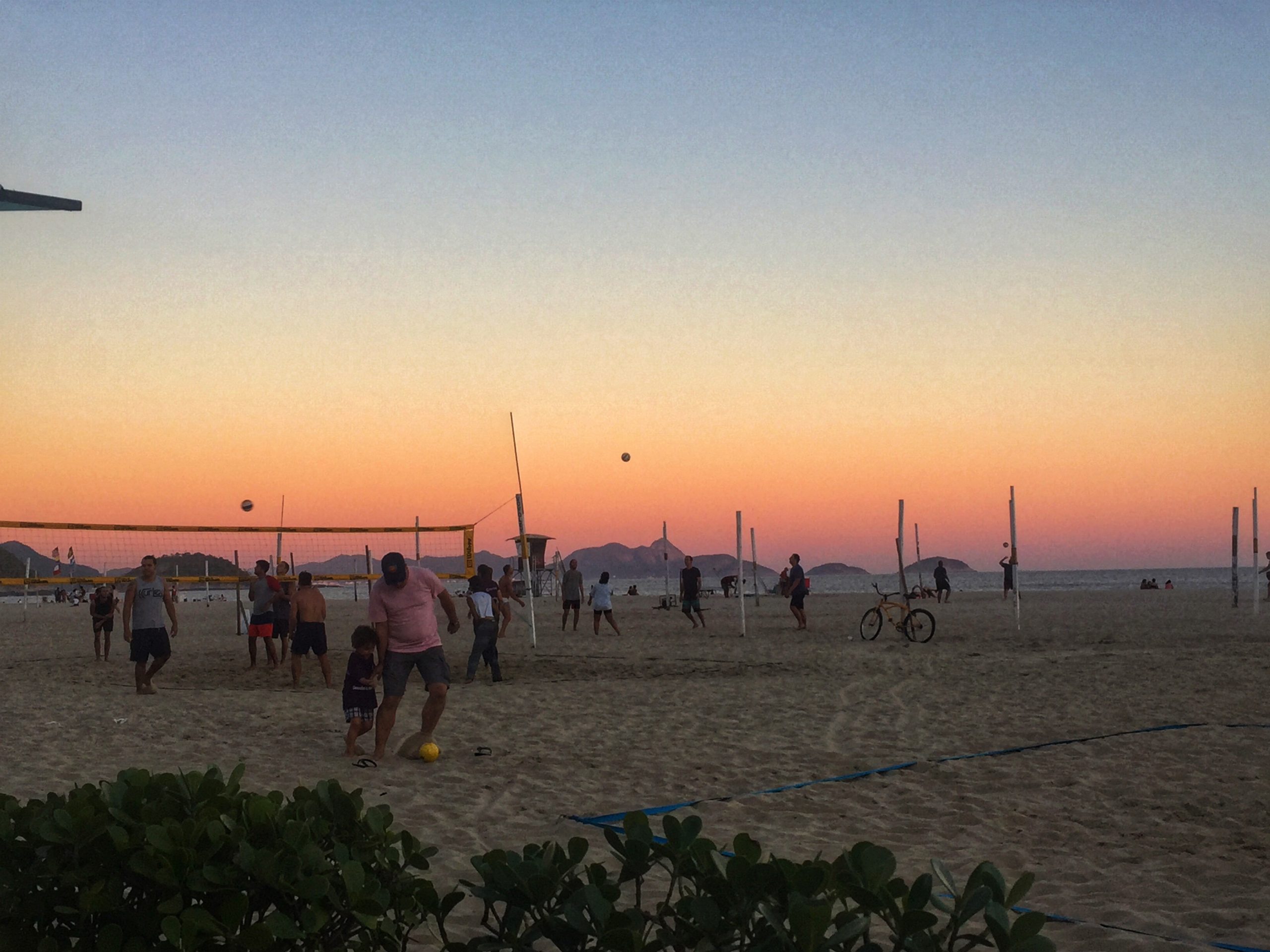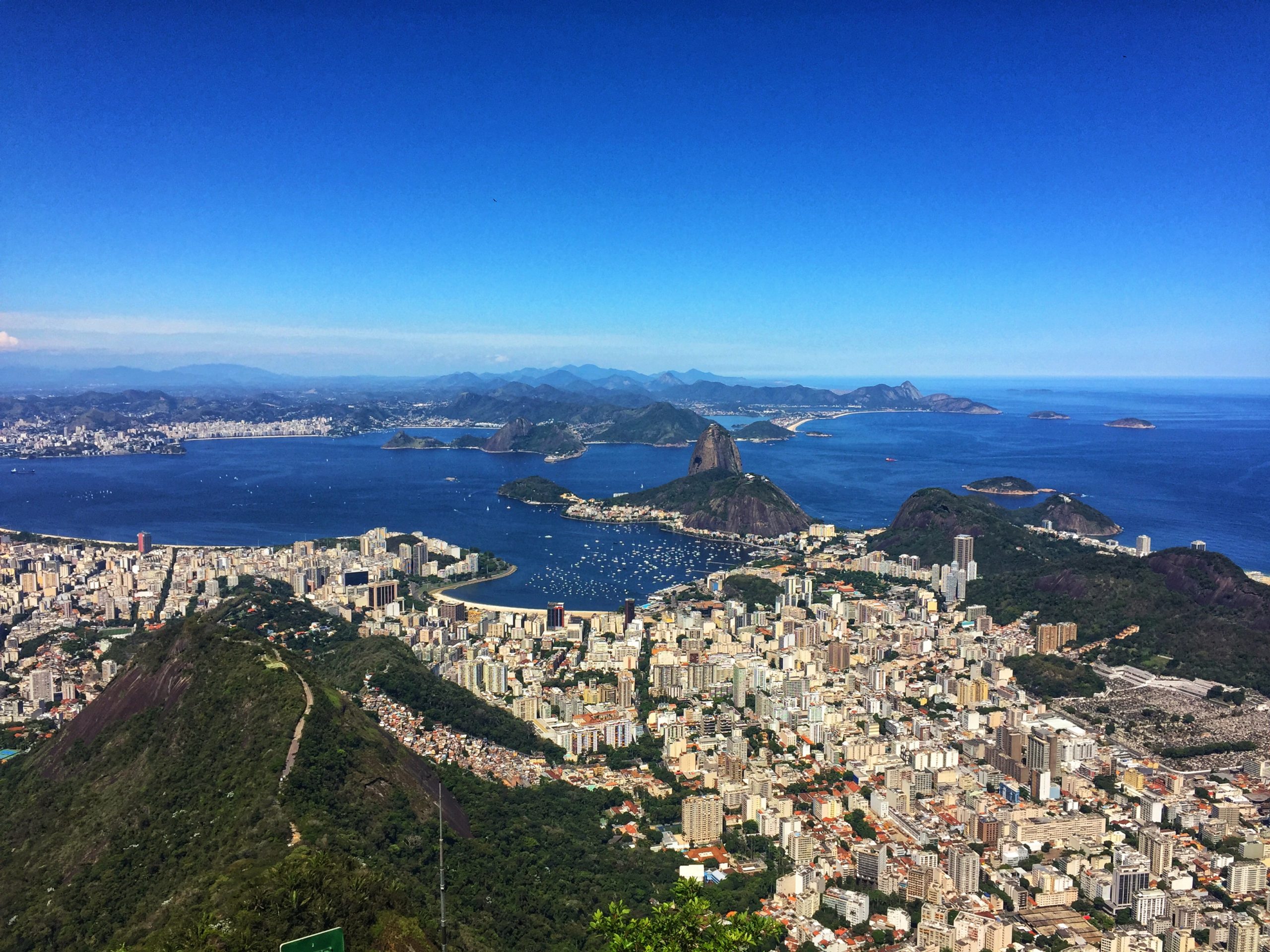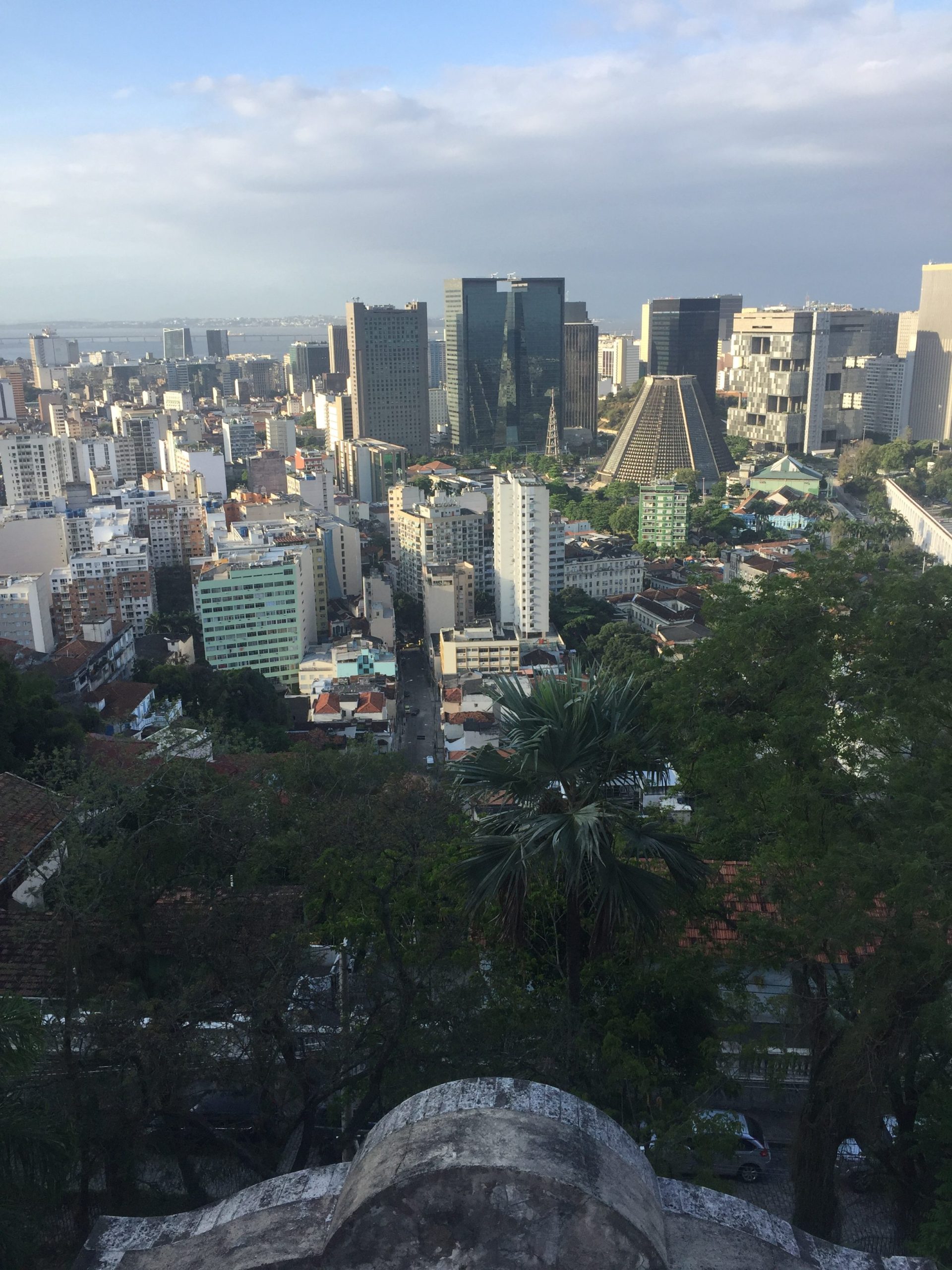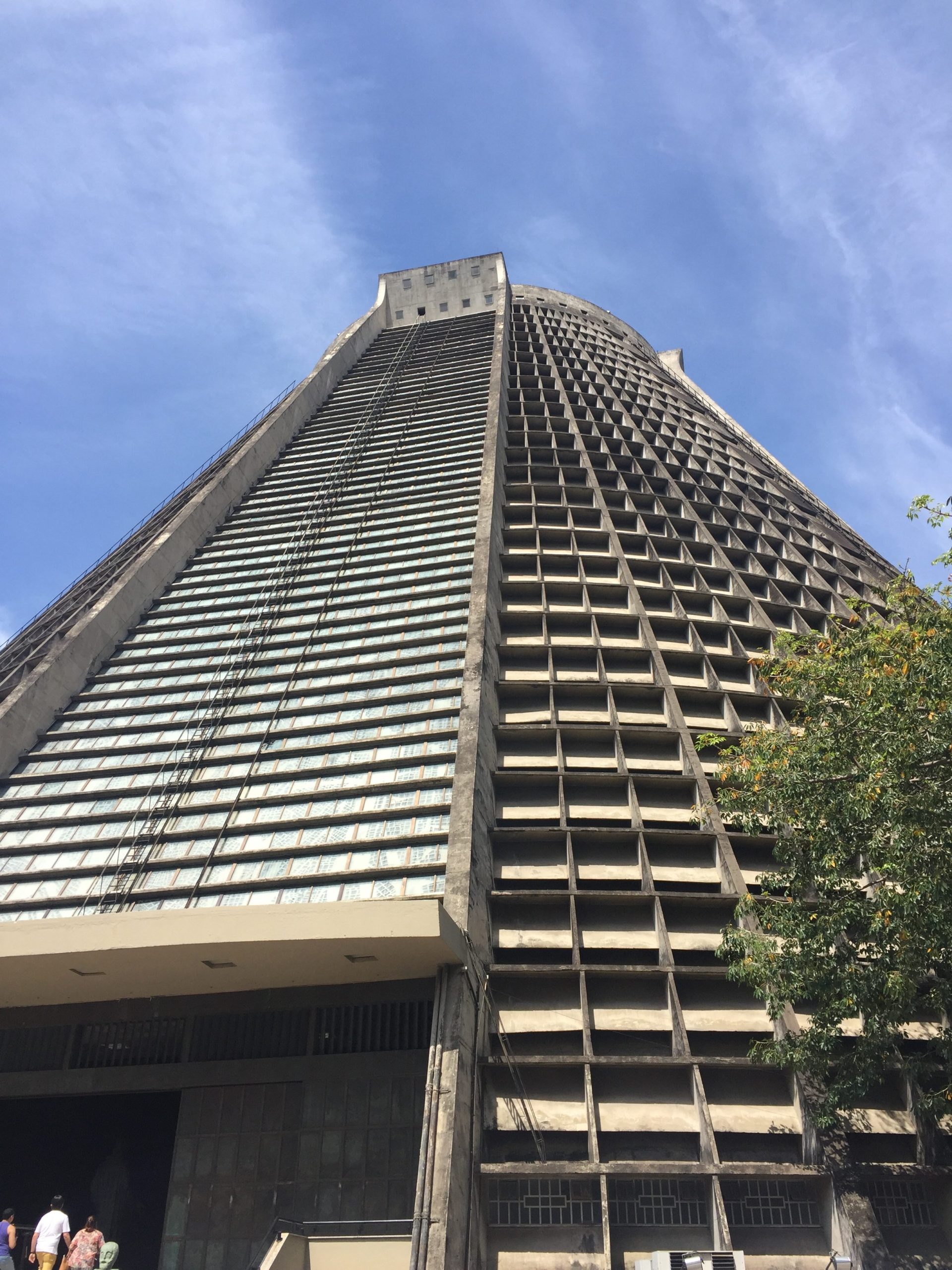What to expect for your first time in Rio.
Ahhhh, Rio. The mention of this city conjures images of mountains, famous beaches, Christ the Redeemer and unfortunately crime. Is it worth the perceived risk? Sure. Would I go back? Maybe not…. At least not for a while
On a holiday you want to feel relaxed and at ease and I don’t know if I ever felt either of those things, fully, while visiting Rio.
The stories you hear before you go, you take with a grain of salt, surely it’s not “that” bad, you always hear the bad stories never the good, but then you arrive and a new level of caution is instilled in you.
At night your taxi driver from the airport NEVER stops at red lights due to snatch and grabs, only ever slowing down enough to ensure you won’t be t-boned by an oncoming car. Guests at your accommodation tell you how to dress so as to not draw unwanted attention, no jewellery or watches, and best take off your Fitbit just in case, don’t take bags or backpacks if you are just going to wander around town and definitely not to the beaches, only take a bag to a tourist destination and once you’re done bring you things straight back to the accommodation, no cameras on show, only take cash, no cards and hide it!
Holy shit, what have I walked into? Can it really be this bad? I’m not about to test the limits and adhere to all the advice I’m given
Rio takes effort! I found the need to have somewhat of a plan, so I could decide whether I took a backpack, what camera did I take, or just my phone, how much cash was I going to need and how are we going to get to our destination and the one day we did decide to wing it and head into town for some shopping at the markets, the entire downtown area was shut down. I mean roller shutters down on all businesses. Deserted! It was like the opening scene of 28 days later!! The only thing we found open was a Burger King.
It is also like no other place I have visited and having to remain vigilant and security conscious to that extent can be exhausting…
I don’t say all of that to scare you out of going. you must visit places and make up your own mind, just be cautious. It isn’t a “technically” beautiful city, there is homelessness, poverty and graffiti but the natural landscape is out of this world.
There is so much to see and do here, and whilst you’ll never do it all, 8 days gives you a good chance to see the top things on your list at a relaxed pace.
The best and safest way to get around Rio is by Uber, I found. There is a Metro System which we did use a couple of times and found to be quite good, clean and efficient however we stuck with Uber the majority of the time due to staying in Santa Teresa which wasn’t serviced by its own metro station and due to its convenience. You’re collected at your door and dropped right where you need to go with no walking around or consulting maps and sticking out like a sore thumb. It’s also so much cheaper than local taxis and there are no hassles with language or exchanging of physical money at the end.
Before leaving your accommodation ensure you have a screenshot of your address in your phones photo album as being able to communicate in English is next to impossible.
This is by no means an exhaustive list but a starting point based on personal experience.
So what can you fit into 8 day’s?
Pao de Acucar (Sugarloaf Mountain). This can be found in the suburb of Urca and will afford you some of the most spectacular views around Rio. It is accessed by two cable cars. The first is to Morro da Urca where you have to disembark before getting onto the second cable car to the peak of Sugarloaf. A return ticket will cost you R80 and it runs every 20 minutes. There are viewing areas around each cable car station as well as the obligatory tourist shops and cafes. The peak is very windy and in November, when we were there, quite chilly at the top
Rio’s Beaches – there is a plethora to choose from so take your pick. We chose to visit the two most famous, Copacabana and Ipanema. Both are accessible via metro stations and obviously free to visit and wander around. Ipanema we thought we would attempt to have a swim but it was freezing in November and absolutely crawling with people, hawkers and would-be thieves. No relaxing to be done here but some nice photo opportunities. Copacabana has a long promenade between the Avenida Atlantica and the beach itself filled with restaurants, buskers and markets.
Christ the Redeemer – this is an absolute must and probably one of the main attractions you will want to see whilst here. Please plan ahead. He is not easy to visit. And you will want to visit on a clear sunny day to take in the amazing panoramic views. There are many ways to get to the peak and it will all come down to where you are staying and what is most convenient to that location because Rio is not an easy place to navigate and it is huge.
If you opt for a train, you want to get yourself to Corcovado Train station, which is in Cosmo Vehlo, a neighbourhood in Rio that is not serviced by a metro station, the closest one being Largo do Machado, about a 30-40 minute walk away. You could also get your Uber/Taxi or Bus from various locations to drop you here.
You can hike from Parque Lage which is next to the Botanical Gardens. It takes approximately 3 hours, is not easy and comes with the risk of theft. Only go if you’re fit and in a large group.
There is also a van option taking people from three different locations to the top. Departure points being Copacabana, Largo do Machado and Barra da Tijuca. Prices differ depending on the pick-up point and the season.
The most convenient and what we chose was Uber! From Santa Teresa to Corcovado it cost R35 which is so cheap considering it was over a 35-minute journey. Keep in mind with this option they don’t wait for you and then you are left at the mercy of the overpriced Taxi’s that mill about at the bus stop. Anywhere between R35-R70 down to Copacabana
You’re not quite there yet, however. You have only reached Paineiras. You need to purchase tickets in the shop, if you haven’t already done so, to reach Corcovado. (Lines were non-existent due to it being low season, I suggest purchasing online beforehand during high season.) It is then necessary to get a minibus to the statue. The ticket covers the cost of this minivan and entrance to the statue. R28 on weekdays or R42 on weekends
Spend as long or as little time at the Statue as you can handle. There were throngs of people, I can only imagine and cringe at what it is like during the high season. The views are AMAZING and the people are annoying. Exercise patience if you want your perfect shot.
Centro (Downtown Rio) – there is an abundance of attractions downtown including but not limited to:
The Metropolitan Cathedral of Saint Sebastian resembles a spaceship. It is obscure to look at from the outside but must be viewed from the inside, taking in the full glory of the stained glass windows reaching from floor to ceiling. There is no charge to enter.
Biblioteca Real Gabinete Portugues de Leitura (Royal Portuguese Cabinet of Reading) this Library is straight out of Harry Potters Hogwarts. It is a bland-looking building from the exterior, but the most important Library in Rio contains the largest collection of Portuguese books outside of Portugal and it is absolutely STUNNING from the inside. You cannot touch any of the books but you may enter at no charge and just sit and marvel and of course take some photos

Porto Maravilha (Port Marvel) This port underwent a huge redevelopment ready for the 2016 summer Olympics which include bike paths, a light railway system and most famously the Eduardo Kobra Mural. This mural is HUGE, stretching 190 metres long, 15.5 metres high and 3000 square metres. It showcases 5 faces from 5 continents which coincides with the 5 Olympic rings. An absolute must-see.

Museu do Amanha (Museum of Tomorrow) A Science and Art Museum focussing on sustainability opened in 2015. You won’t miss it when wandering around Pier Maua with its unusual exterior. It costs R20 and is free on Tuesdays
Favela Tour – this is something we did debate about whether to do or not. You hear all the stories and believe all the reasons why you shouldn’t be stepping foot into any Favela’s (slums) but we were both extremely curious about it.
We reached out to a tour guide from Rochina, the biggest Favela in Rio, with 300k residents. I had come across him from viewing images on someone’s Instagram page that had just done the tour the day before. I asked her and the tour guide everything we felt we needed to know to feel comfortable and with due diligence done, we went ahead and booked. The tour was with a resident of Rochina, DJ Zezinho (find him on www.favelatour.org or via email visitrocinho@gmail.com)
We felt a level of comfort being with a local resident as he would keep us in the safe areas, divert us if he noticed something awry that maybe we wouldn’t see as such and he would have a familiar face in the crowd. I cannot recommend this tour enough. The information Zezinho was able to provide us about anything and everything to do with the Favela was outstanding and so fascinating. He has lived in America for a number of years so his English is great. The tour was a walking tour for 4 hours that cost us R70 each.
Seriously throw all your preconceived notions and thoughts out the window about Favelas. Only ever take a tour with a local tour guide that is from the Favela, there are added risks with outside tour companies doing these tours and taking guests into no-go areas purely because they lack the local knowledge. It has unfortunately led to tourists being shot and killed by gang rivalries.
The money from these tours goes straight back into the communities themselves, so whilst some people might consider this to be “slum tourism” and wealthy tourists spending a few hours in the life of the poor, it is actually something these communities want and need. The tour ends at a local restaurant with the most scrumptious traditional food.
This was probably the highlight of my stay in Rio. A must!
Santa Teresa – This is a beautiful neighbour atop Santa Teresa Hill. It is full of windy narrow streets, boutique hotels and restaurants and has a real bohemian vibe. Be sure to spend a day wandering around here.
You can also catch the famous Bonde trolley cars that wind their way down the narrow streets across the Carioca Aqueduct to downtown Rio. It is a free ride down but you must pay R20 t take it back up to the top. It is an open-air trolley and the views and scenery is amazing.
Also, be sure to spend some time at Parque das Ruinas. It is the old residence of Laurinda Santos Lobo an infamous artist of the 20th century who invited many other artists to her residence for parties. The ruins of the house and the surroundings have been turned into a cultural centre, art gallery and Public Park. The views from the ruins and the park are spectacular. You will quite often find musicians busking here. It is free to walk around.
Escardaria Selaron (Selaron Steps) – you can reach these steps from the top of Santa Teresa or from Lapa, the neighbourhood at the bottom. The 215 steps, that took the Chilean artist Jorge Selaron from 1990-2013 to complete, are covered in ceramic tiles from all over the world and are his tribute to the Brazilian People. These colourful steps are gorgeous but get there early before the crowds.

